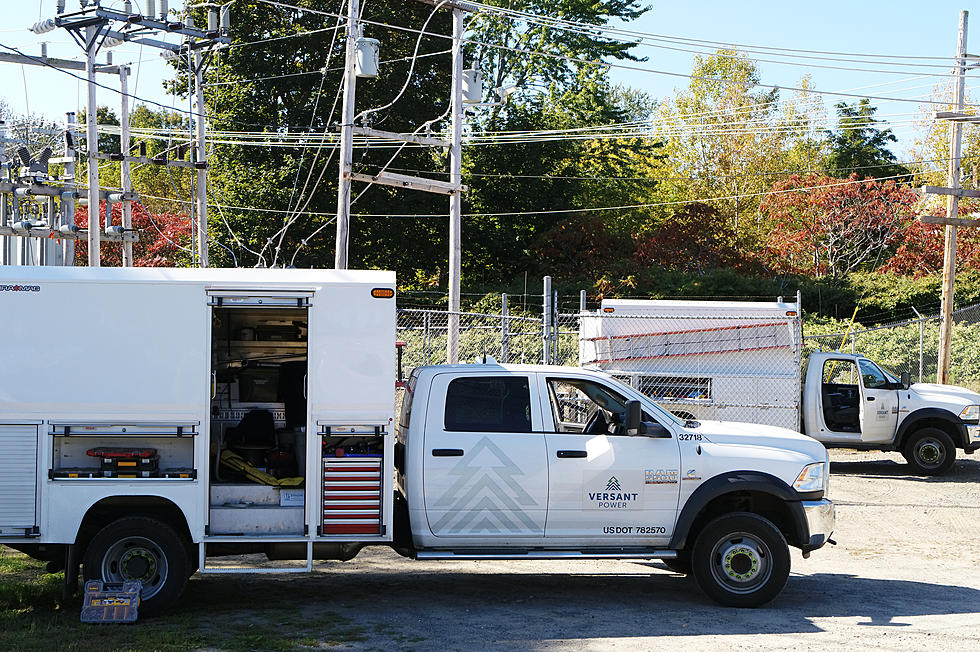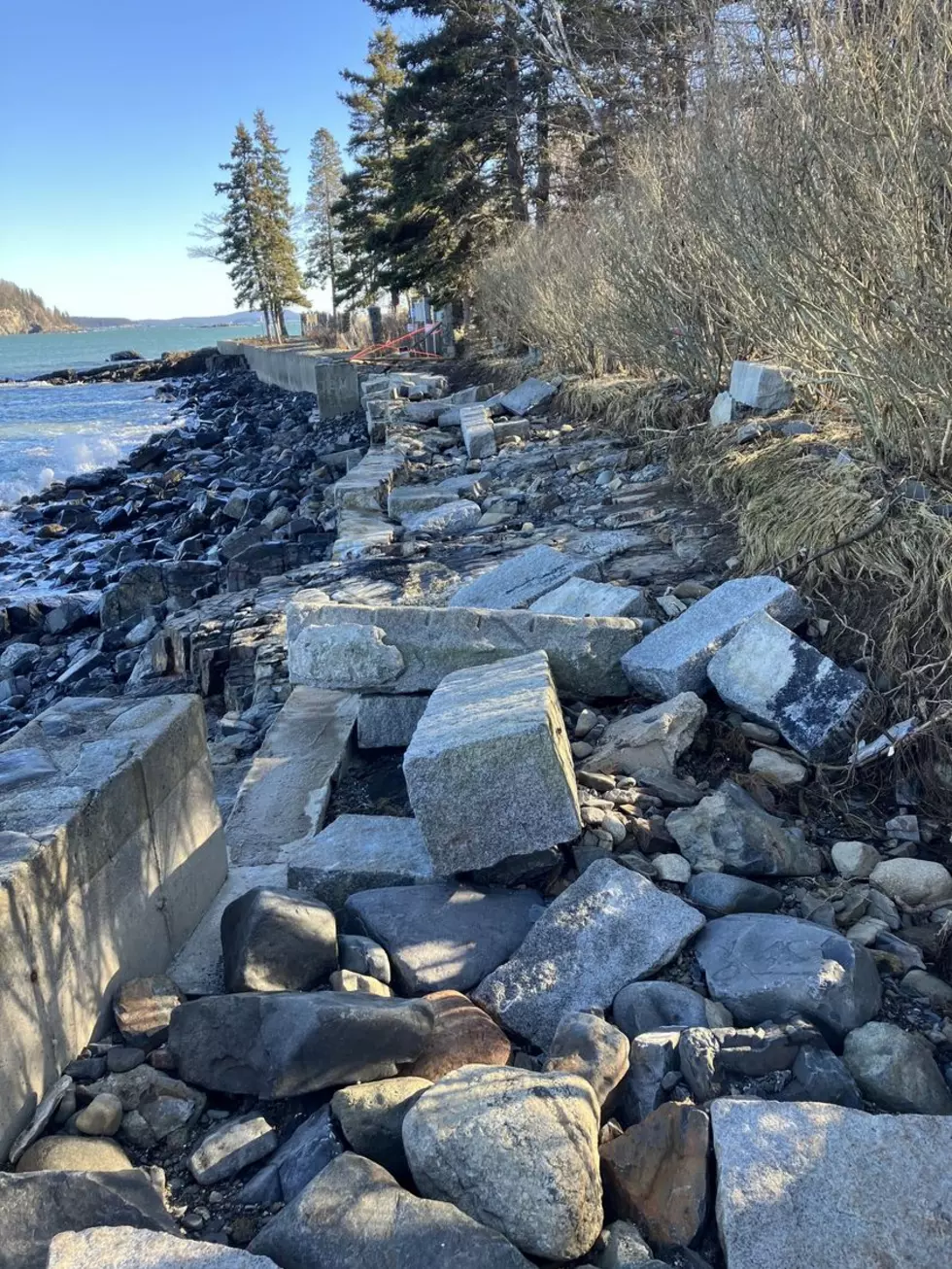
College of the Atlantic to Build New Academic Building – First Since the 1980’s
In a press release Monday, January 28th, the College of the Atlantic in Bar Harbor announced that they will be building the first Academic Building since the 1980's, the New Center for Human Ecology.
The building project is set to transform the school’s waterfront campus, creating new, state-of-the-art spaces for interdisciplinary learning and collaboration, enhancing community engagement, and providing a new front door to the nearly 50-year-old college.
The heart and first phase of the project is the Center for Human Ecology, a light-filled, two-story building with sweeping views of Frenchman Bay that enhances the campus landscape by framing a new outdoor courtyard on the North Lawn.
“The Center for Human Ecology will exemplify the experiential model of education pioneered at College of the Atlantic, where research, mentoring, socializing, and experimentation come together to create new knowledge, new ideas, and new works, both for our island and for the world at large,” said College of the Atlantic President Darron Collins ’92. “The Center will embody our interdisciplinary mission, gathering sciences, arts, and humanities under one roof and inspiring engaged exploration for generations to come.”
The 29,000-square-foot Center will comprise science laboratories, flexible lecture halls, faculty offices, art and design studios, and a teaching greenhouse within a bright, high-energy-performance environment. Further project phases, totaling approximately 16,000 square feet, include construction of an experimental theater, art gallery, propagation greenhouse, and The Landing, a welcome center and entrance plaza that will house admissions offices and act as a front door for the college.
The architects for the project are Susan T. Rodriguez | Architecture · Design and GO Logic. The design team worked closely with COA staff, students, and faculty over the course of more than a year in developing the design for the building.
A comprehensive strategy toward sustainability, inspired by the College's long-term commitment to the preservation of the natural world and a campus culture that promotes active involvement in that effort, informed the overall approach to the design from the outset, including site selection, solar orientation, use of local and recycled materials, onsite renewable energy sources, and a high-performance envelope and design.
“The Center for Human Ecology celebrates the many facets of campus life, reinforces connections to COA’s waterfront, and embraces the interdisciplinary nature of the COA curriculum,” Rodriguez said. “Our goal was to create an architecture that would embody and reinforce the College’s mission by integrating the design into this spectacular site, resulting in a building that could only be found at COA.”
Throughout the project, building features reinforce relationships between interior and exterior spaces, responding both to COA’s culture—its deep awareness of the natural world—and site, prioritizing views of the ocean and the backdrop of Acadia National Park, Rodriguez said.
The intersection of disciplines is expressed in the building’s design concept—at its center, public space and circulation come together to create flexible, multipurpose teaching and gathering spaces on both levels. Angled walls align to the primary geometry of the building, focusing activity around a shared center, while framing panoramic views south towards campus along a two-story glass façade.
“The site and the building’s wide range of spaces bring together the arts and sciences, land and sea, summer and winter, tradition and innovation, high-tech and low-tech informed by local and global considerations,” Rodriguez said. “Capturing these intersections defines a new architectural paradigm inspired by the unique character of this campus landscape and COA’s inter-disciplinary curriculum.”
Construction of the Center will follow the German Passive House standard for energy performance, representing an 80% reduction in energy use versus comparable code-compliant construction, said Timothy Lock of GO Logic. The Center will be the largest project of this type designed according to Passive House principals built for this climate, he said.
“Powered by COA’s dedication to sustainability and high performance throughout, the Center for Human Ecology represents new guideposts for what is possible for forward-looking academic buildings in a far northern climate,” Lock said. Beyond energy conservation, the design integrates a bold approach to carbon sequestration through high-density wood products, radically reducing the overall carbon footprint in relation to similar buildings.
COA’s last new academic building was constructed in the 1980s when the student body was under 200. The student population today is strategically small and capped at approximately 350.
As an architectural expression of COA’s pedagogy, the center will become the new academic heart of the College, Collins said. COA will continue to make great use of a mix of purpose-built buildings and former oceanfront estates.
“The Center and the project as a whole demonstrate that building performance and sustainability, design aesthetics, functionality, and cost consciousness can be maximized together when you have the right vision and the right partnership between client and design team,” Collins said.
The project, including an endowed maintenance budget, is financed entirely through philanthropy. Funding is made possible by lead gifts from Trustees of the Shelby Cullom Davis Charitable Fund, led by Andrew Davis, and Trustees of College of the Atlantic.
“College of the Atlantic is grateful to each and every one of our supporters, no matter the level or kind of gift. With the groundbreaking for the College’s new and educationally transformative Center for Human Ecology, we are particularly grateful for the vision, generosity and trust expressed by Andrew Davis,” said COA Board of Trustees Chairman Philip Moriarty. “Their magnificent leadership gift, along with truly significant contributions from the Shelby Cullom Davis Charitable Fund and the Trustees of College of the Atlantic, will propel our academic mission forward with strength for generations to come. Thank you!”
COA Trustees unanimously approved construction of the Center for Human Ecology building at their winter meeting January 26. E.L. Shea, Inc. will lead this phase of construction, to begin in the spring. The project is expected to cost $13 million and be completed by September 2020.
“The vision for COA, established 50 years ago by local and summer residents, was to create an educational community where students and faculty could immerse themselves in new ways of thinking about humans and their natural and social environments,” Collins said. “That vision is now more relevant—and in-demand—than ever.”
College of the Atlantic believes that education should go beyond understanding the world as it is to enabling students to actively shape the future. COA is a leader in experiential learning and environmental stewardship, and was named the #1 Green College in the U.S. by The Princeton Review in 2016, 2017, and 2018. Every COA student designs their own major in human ecology—which integrates knowledge from across academic disciplines and seeks to understand and improve the relationships between humans and their natural, built, and social environments—and sets their own path toward a degree. The intentionally small school of 350 students and 35 faculty members was founded in 1969 and offers Bachelor of Arts and Master of Philosophy degrees.
More From WDEA Ellsworth Maine





![Interview with Kim Swan re: Village Improvement Association’s Fundraising Request for Shore Path Repairs [VIDEO]](http://townsquare.media/site/496/files/2024/04/attachment-Shore-Path.jpg?w=980&q=75)



